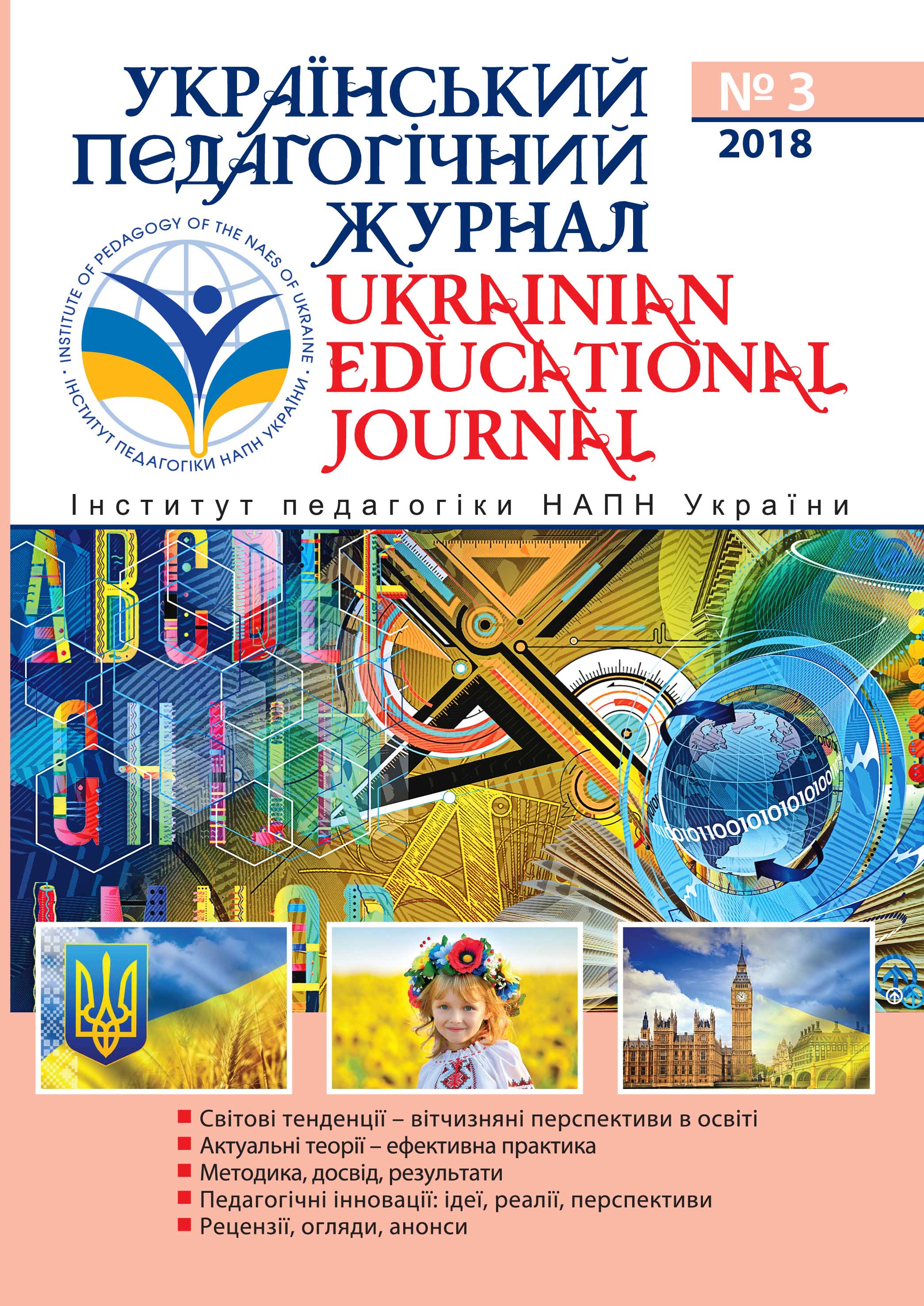Abstract
The article highlights major changes in the development of secondary education in Great Britain. It also describes the most popular trends in secondary education in different countries. These are such trends as: flexible classrooms (the creation of dynamic working environment that reflects life outside the traditional classroom); teacher-authored content (most teachers are already creating their own resources), instant assessment (instant assessment tools allow teachers to evaluate pupil comprehension at the moment of learning, in real time), flipped learning (it requires pupils to engage with instructional content in their own time, before undertaking corresponding tasks in the classroom. Fundamentally flipped-learning rethinks the way teachers teach, and pupils learn); educational technology. It is also said about the factors which shape these trends. Author pays attention to the concerns that have been raised about the extent that schools are providing children with the right knowledge and skills for the labour market of the future and the necessity of educational technology nowadays. The article also highlights some of the ways that edtech can be used to aid learning and assessment in the classroom. These are such ways as: increase flexibility (cloud-based learning provides increased flexibility, with pupils able to access and complete online assessments at a time that best suits their individual learning style and needs); improve feedback (сloud-based edtech such as classflow, allows teachers to assess student comprehension in the moment of learning, with real-time assessments and instant polling, and by immediately identifying and addressing any gaps in knowledge, educators can then tailor their lessons to the real needs of each pupil); recognize and cater for differences (as everyone learns a little differently, teachers have long strived to meet the needs of all their pupils; painstakingly setting and photocopying different assessments for different students depending on their abilities and technology designed for the classroom makes this process a whole lot easier); understand the importance of emotion (every teacher knows that emotion has a huge impact on the overall learning experience, but understanding the varying emotional needs of pupils can be difficult).

This work is licensed under a Creative Commons Attribution-NonCommercial-ShareAlike 4.0 International License.

